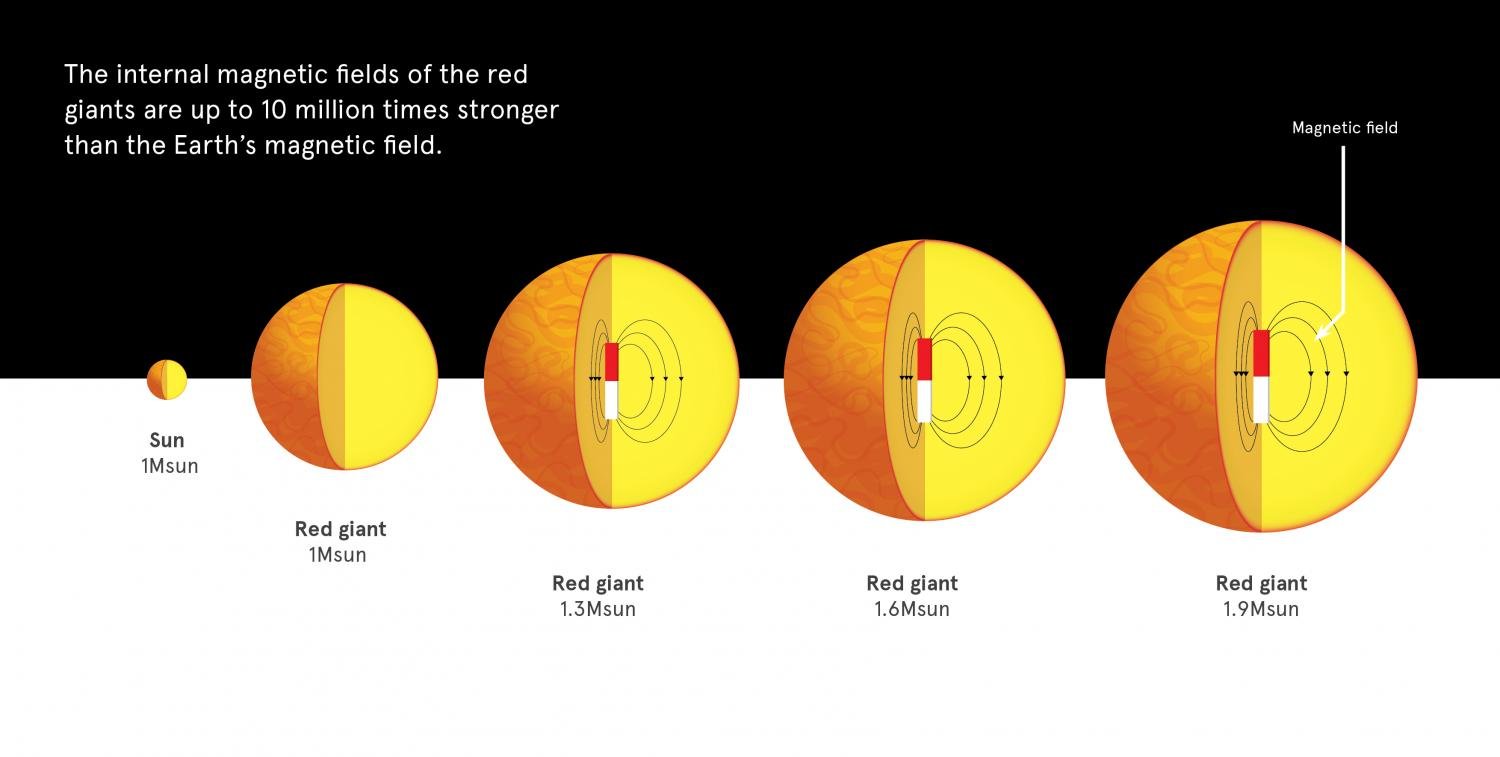
Using data from NASA's Kepler mission, the team found that stars only slightly more massive than the Sun have internal magnetic fields up to 10 million times that of the Earth, with important implications for evolution and the ultimate fate of stars.
"This is tremendously exciting, and totally unexpected," said lead researcher, astrophysicist Associate Professor Dennis Stello from the University of Sydney.
"Because only 5-0 percent of stars were previously thought to host strong magnetic fields, current models of how stars evolve lack magnetic fields as a fundamental ingredient," Associate Professor Stello said. "Such fields have simply been regarded insignificant for our general understanding of stellar evolution.
"Our result clearly shows this assumption needs to be revisited."
The findings are published today in the journal Nature.
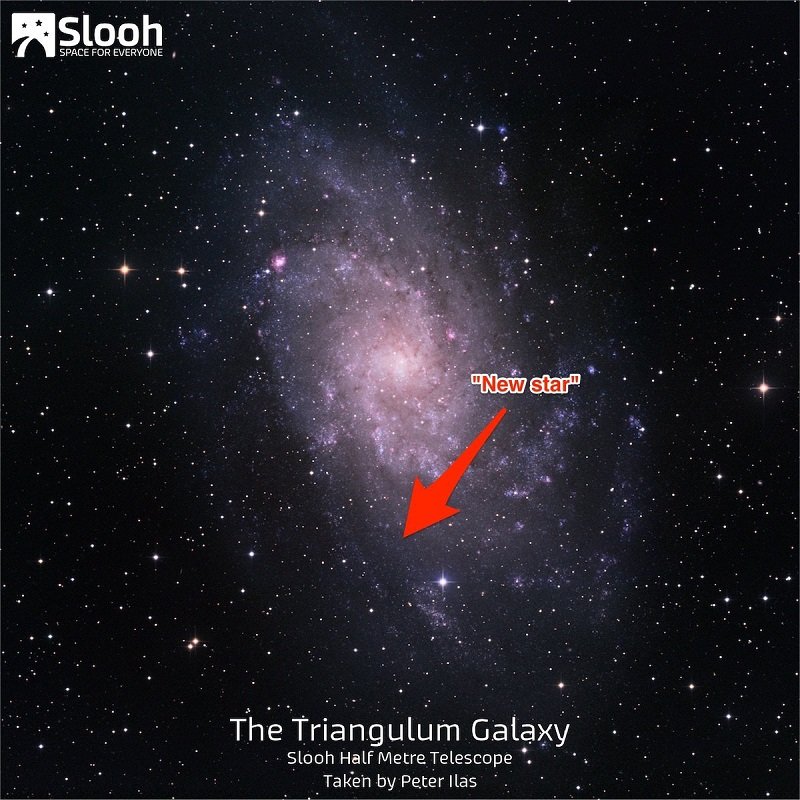
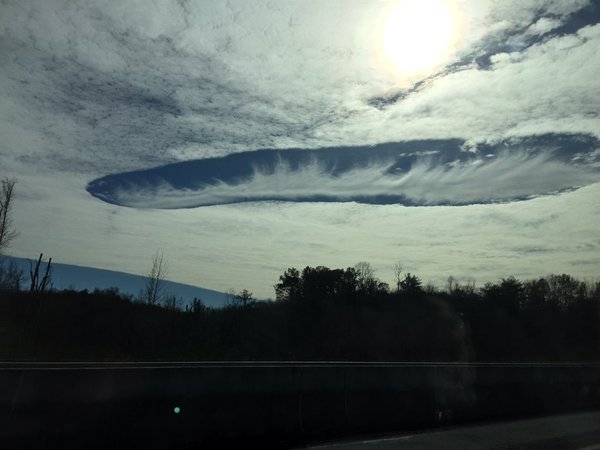
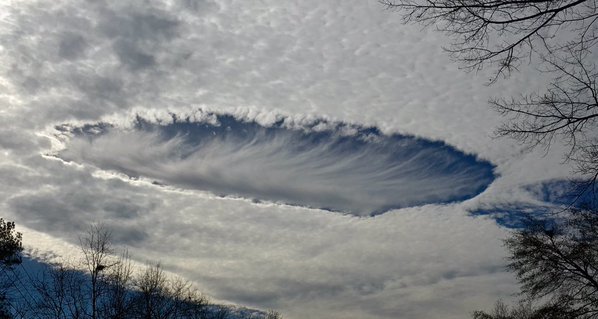
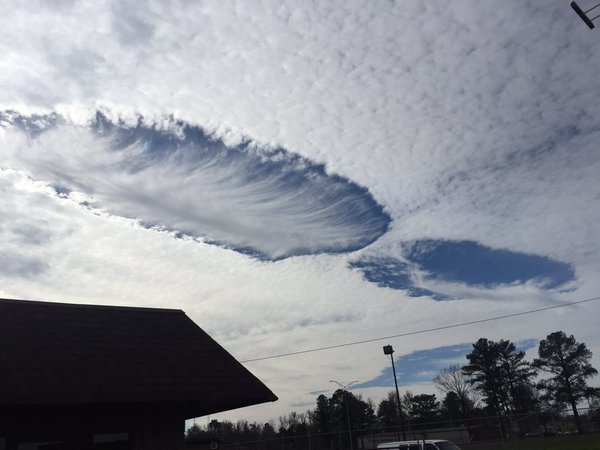
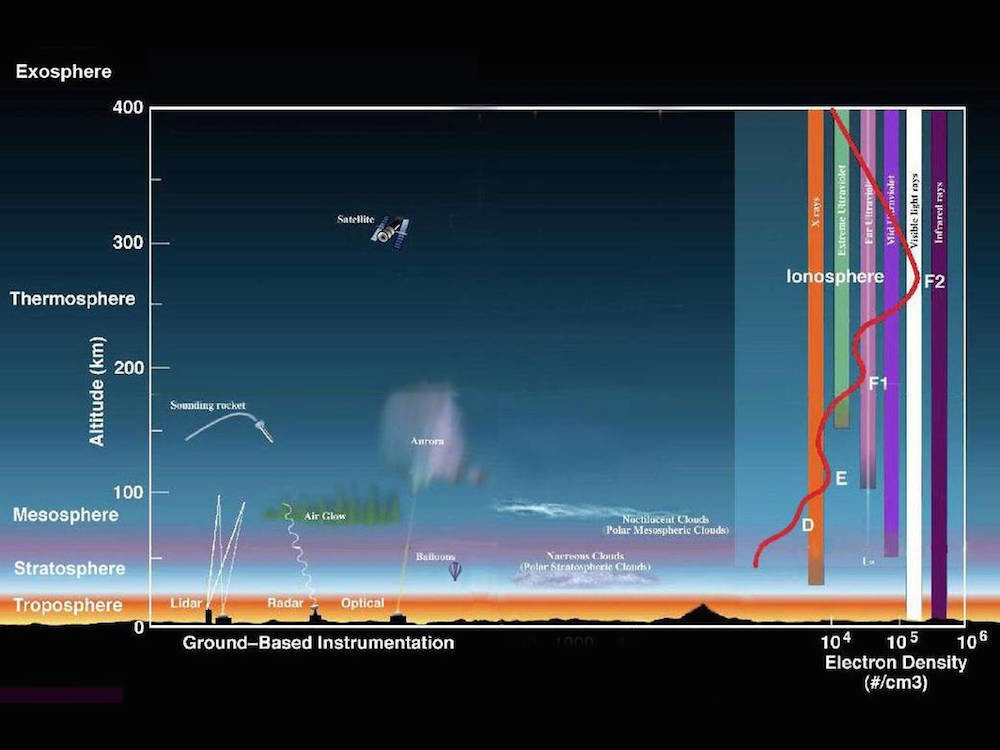
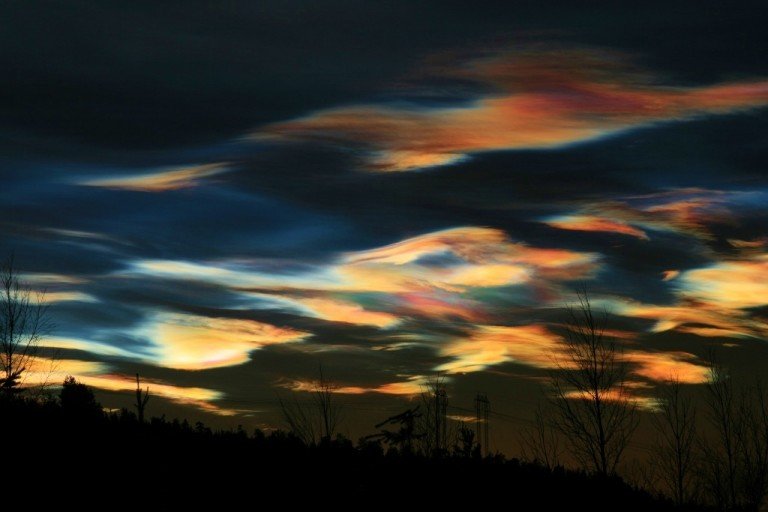
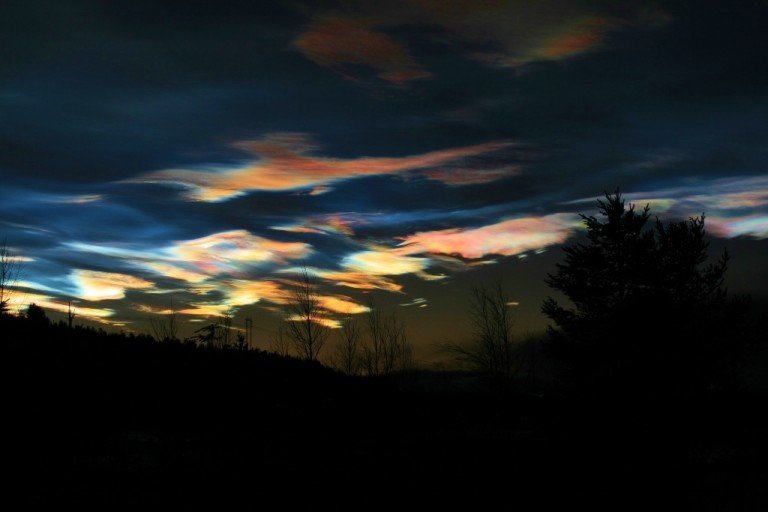
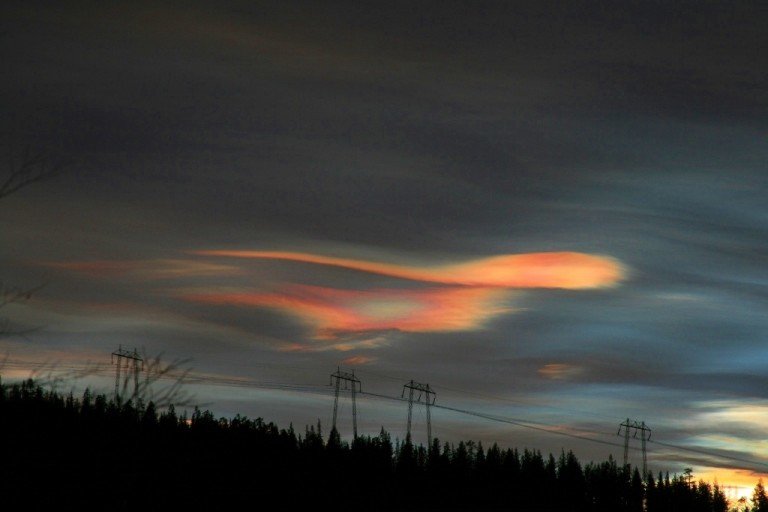
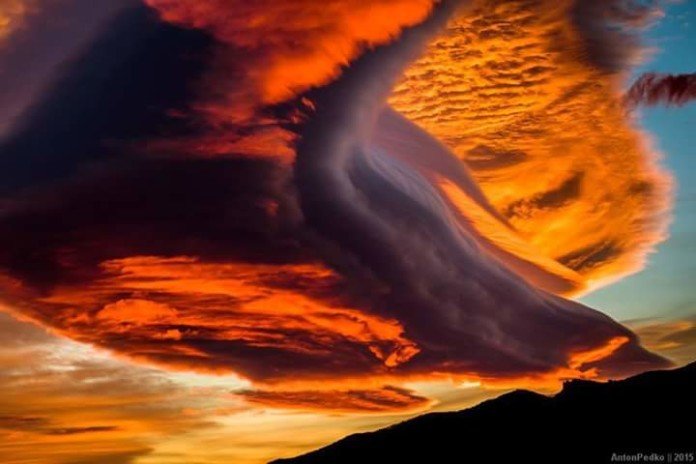
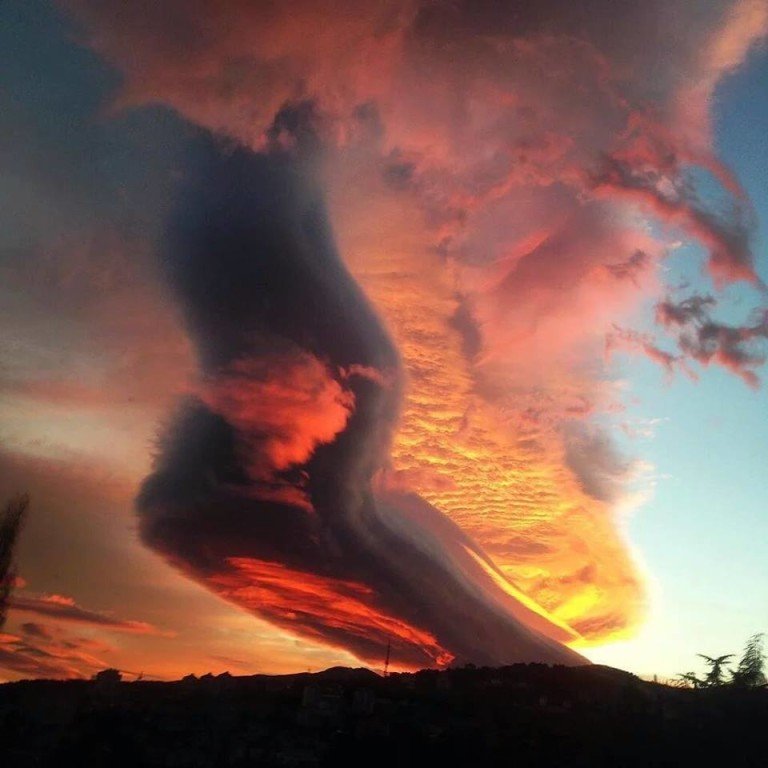
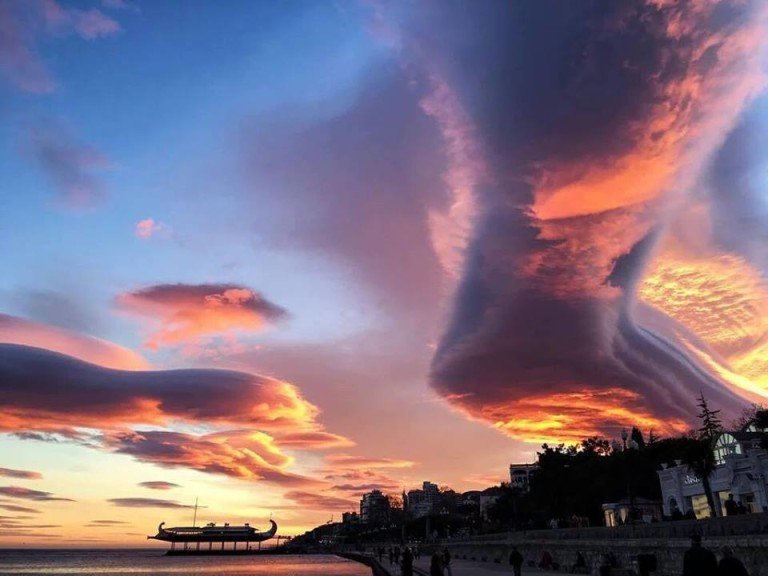

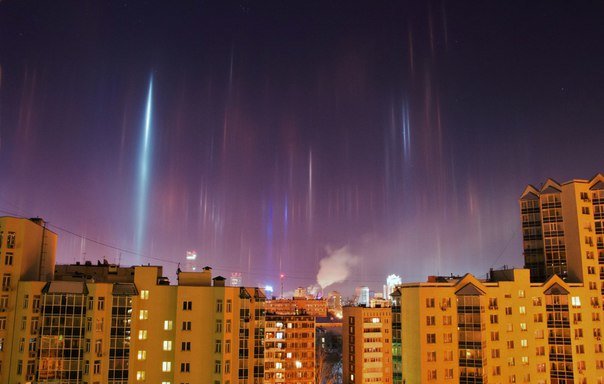
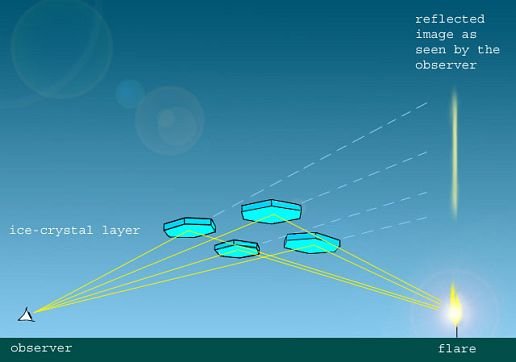
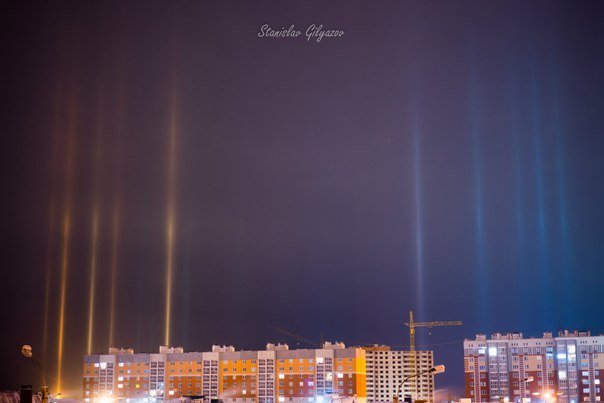
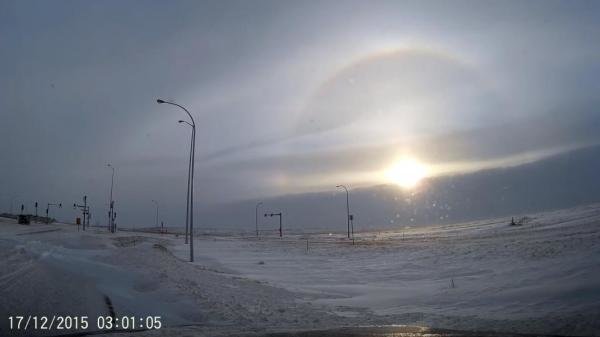
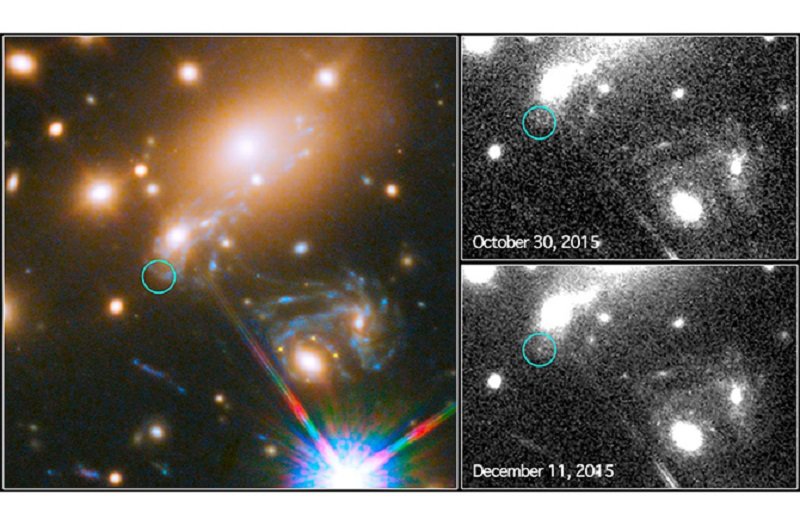



Comment: Colorful 'mother of pearl' cloud appears in Swedish skies